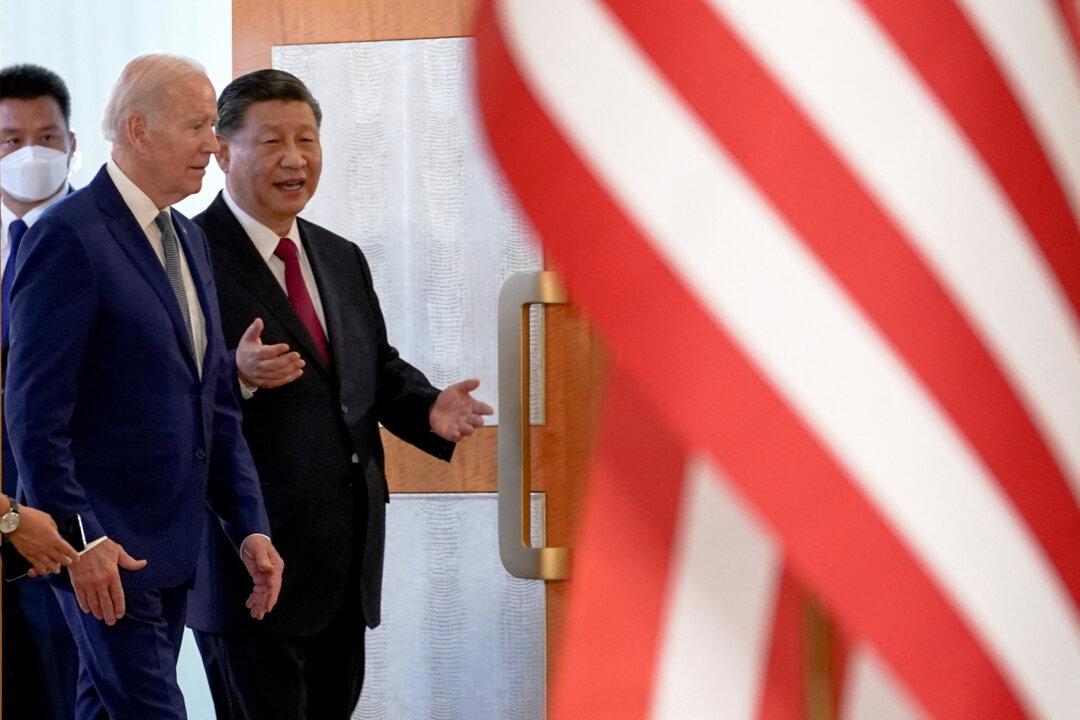The U.S. government needs to offer the world an alternative to China’s Belt and Road Initiative (BRI) beyond a “don’t work with China” approach, experts say.
It has been about a decade since the regime in Beijing announced the BRI, previously known as One Belt, One Road. This initiative builds and finances infrastructure, transportation, technology, and energy projects across Africa, Asia, Europe, and South America.





